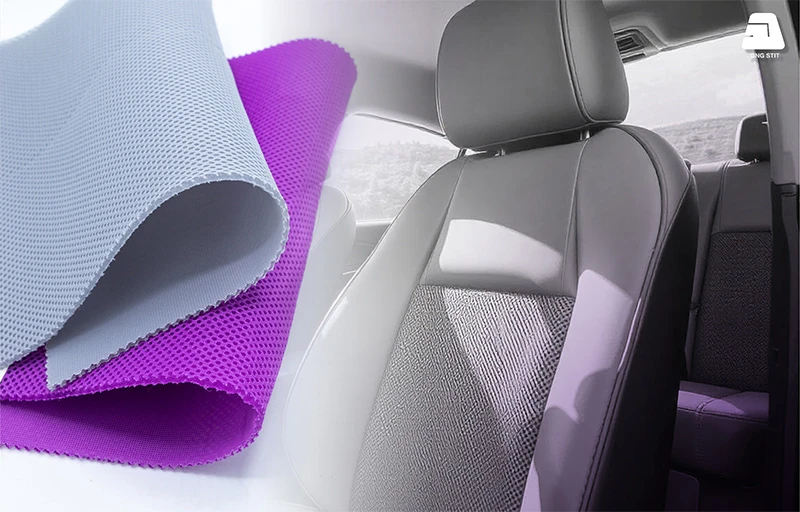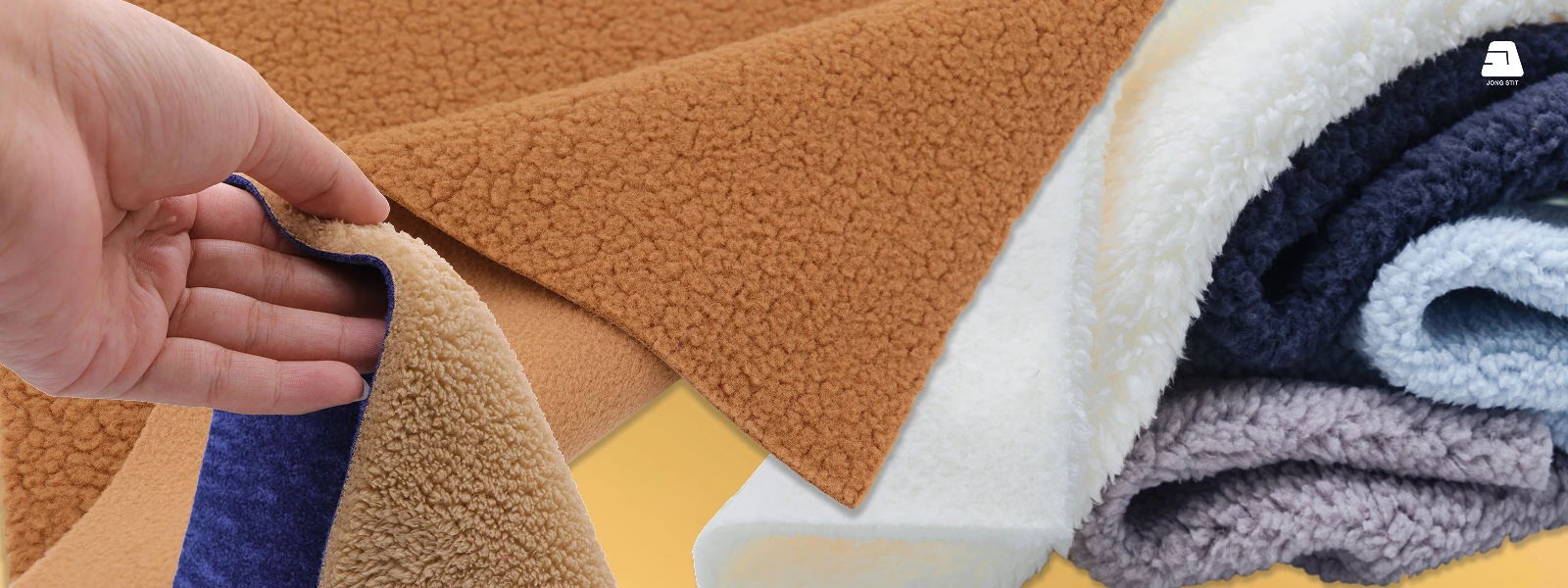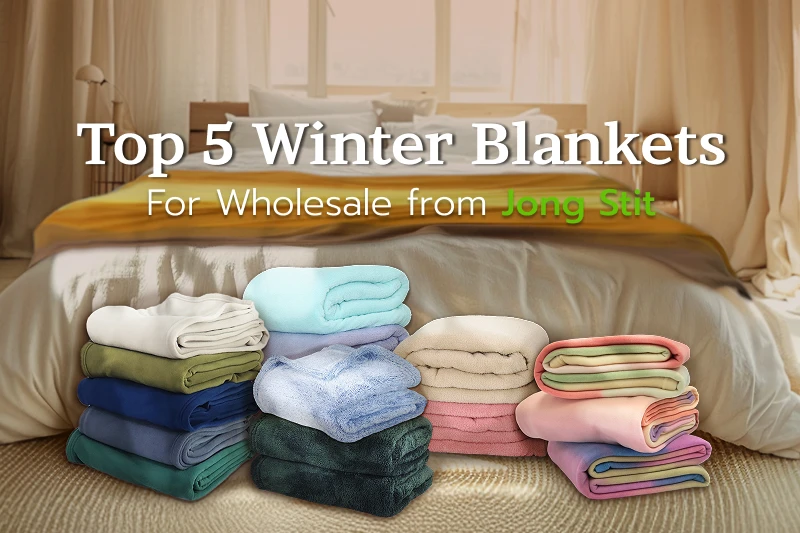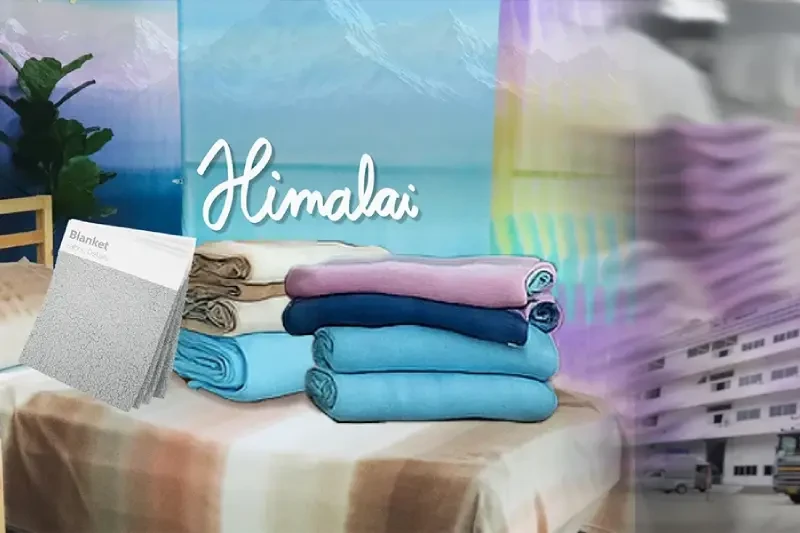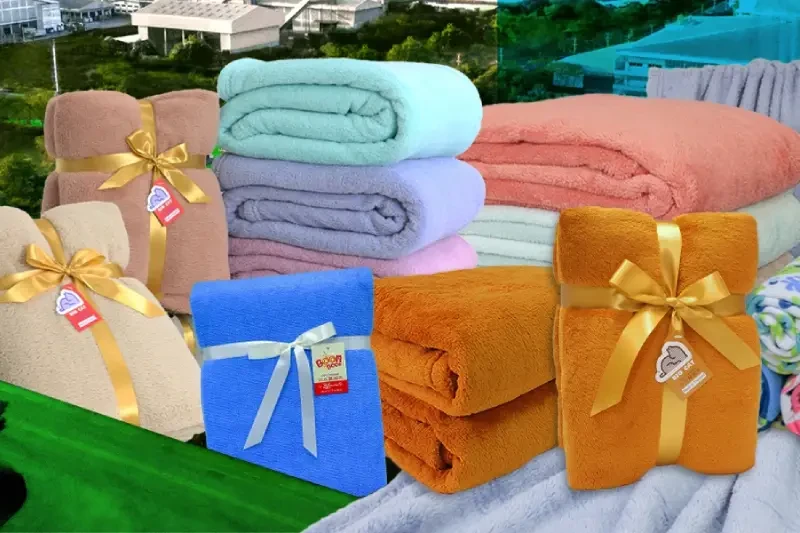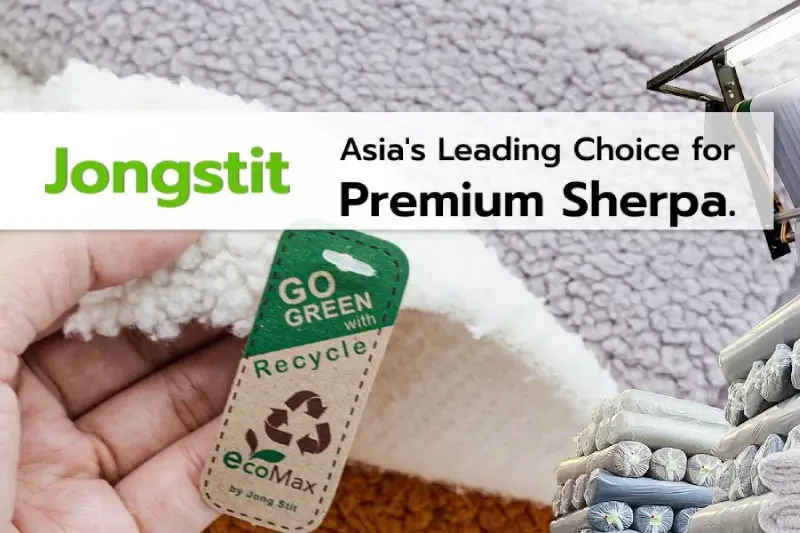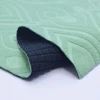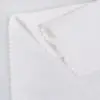Bonded Fabric and Their Versatility Across Various Applications
Bonded fabrics have become increasingly popular in the industrial sector due to its high durability and the ability to create a variety of products.
Table of content [Hide]

Bonded Fabric Processing
Bonded fabric processing begins with carefully selecting base fabrics, each chosen for its unique properties to enhance versatility and enable various applications. For instance, sherpa, known for its warmth and softness due to its dense pile, can be combined with pile fabrics like fleece or microfiber to create laminates ideal for cold weather apparel, blankets, or linings, providing exceptional insulation and comfort. Additionally, polar fleece, valued for its lightweight and moisture-wicking properties, can be combined with sherpa to produce laminates suitable for outdoor gear like jackets or sleeping bags, providing warmth and breathability for optimal performance in diverse environments.
By thoughtfully selecting and combining different fabric types, bonded fabric manufacturers can create versatile materials tailored to meet specific needs across a wide range of applications, from outdoor adventures to cozy home textiles.
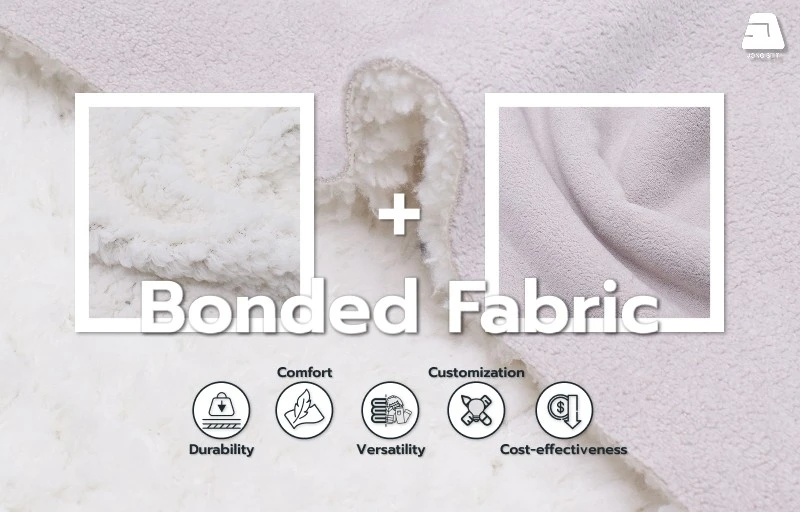
Benefits of Bonded Fabric
Durability - Bonded fabrics are exceptionally durable, offering long-lasting performance even in demanding environments, which reduces the need for frequent replacements and maintenance.
Comfort - Despite their durability, bonded fabrics can be designed to offer comfort and a pleasant tactile experience. This makes them suitable for applications where both performance and user comfort are important.
Versatility - These fabrics can be customized to meet various performance requirements, making them suitable for diverse applications across industries.
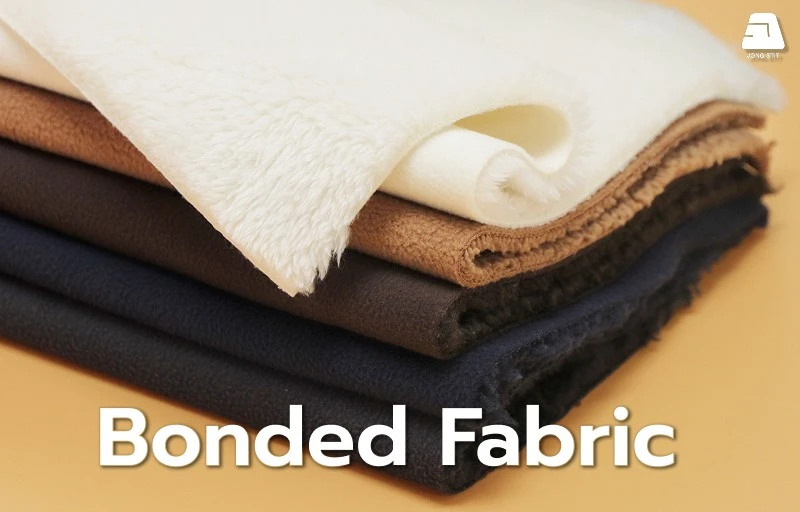
Customization - Manufacturers can adjust the materials and lamination process to tailor bonded fabrics to specific needs, creating fabrics with unique properties suited to particular applications.
Cost-effectiveness - Due to their durability and resistance to wear and tear, bonded fabrics offer long-term cost savings. By reducing the need for frequent replacements and maintenance, they provide excellent value for money over their lifespan.
Uses of Bonded Fabric
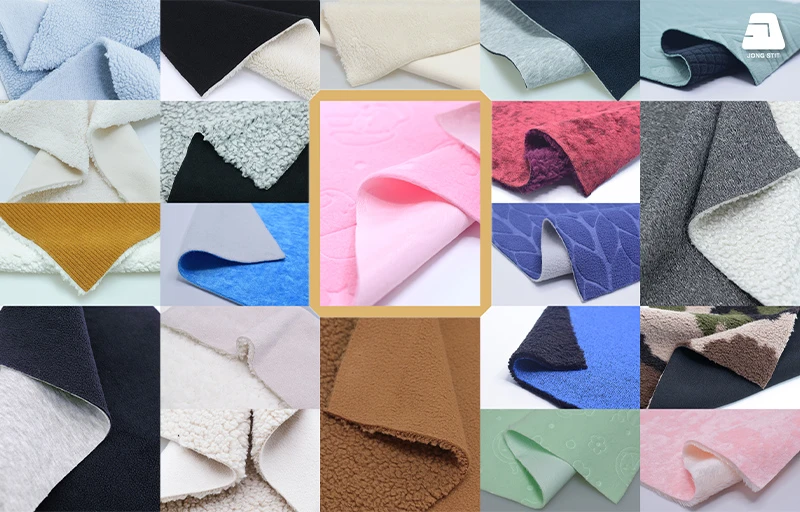
Bonded fabric's combination of durability, versatility, and ease of maintenance makes it ideal for a variety of applications across different industries. Here are some of the key areas where bonded fabric is used.
Apparel - Bonded fabric is commonly used to make everyday wear like jackets and sportswear. The fabric helps to keep the wearer dry and comfortable in various weather conditions.
Home Furnishings - Bonded fabric is perfect for upholstery and cushions, the fabric's easy-to-clean surface makes it practical for household use and maintains both hygiene and style.
Outdoor Equipment - They are used extensively in creating camping tents, backpacks and protective covers. Its robustness ensures that these products are durable and can handle exposure to the elements.
Automotive Industry - They are used for vehicle seat covers, floor mats and interior linings. The bonded fabric helps to provide a clean and durable interior that can withstand daily wear and tear.
Fashion Accessories - Bonded fabric is ideal for making fashionable and functional items like handbags, wallets and laptop sleeves. The fabric offers a sleek look while protecting the contents from external factors.
